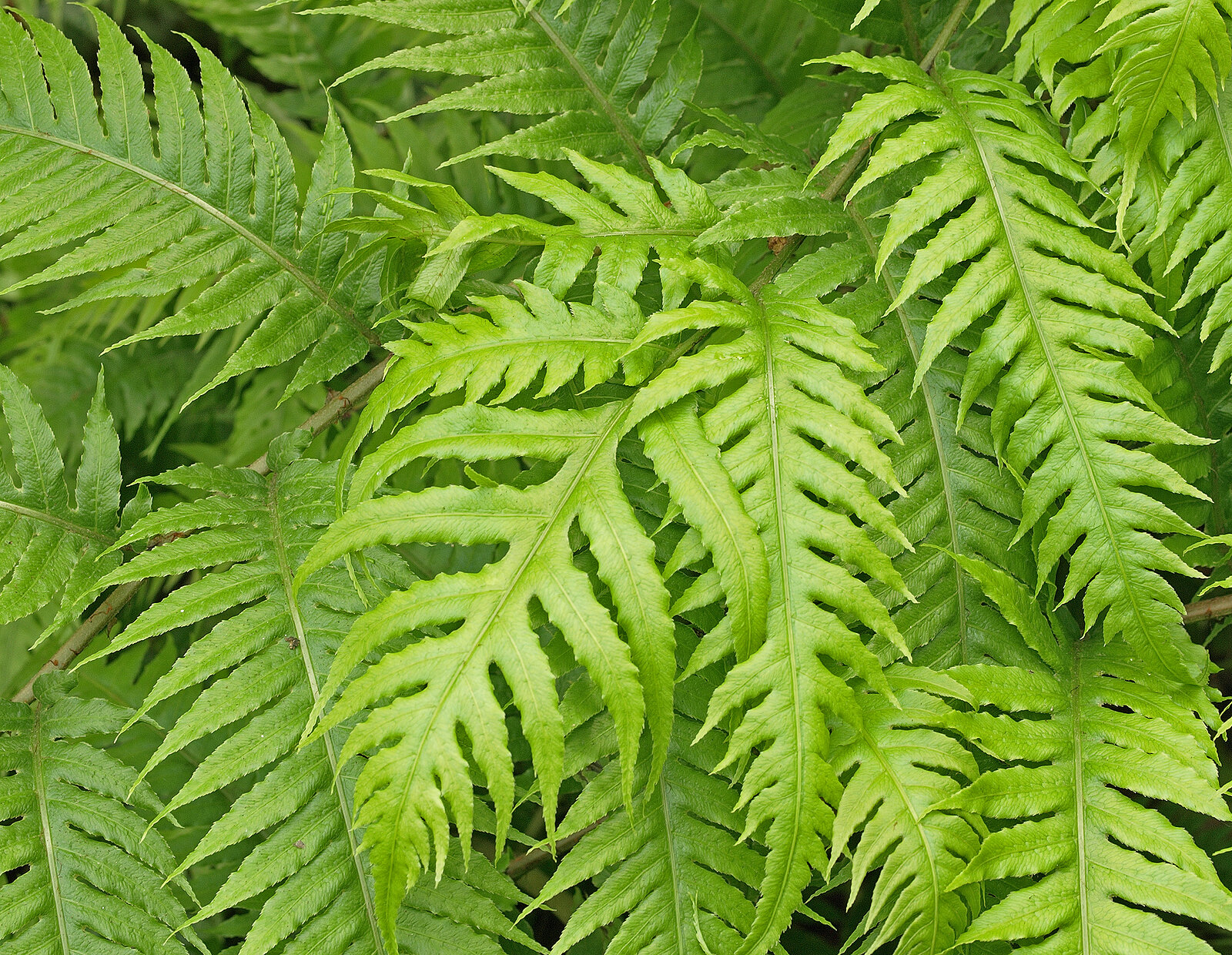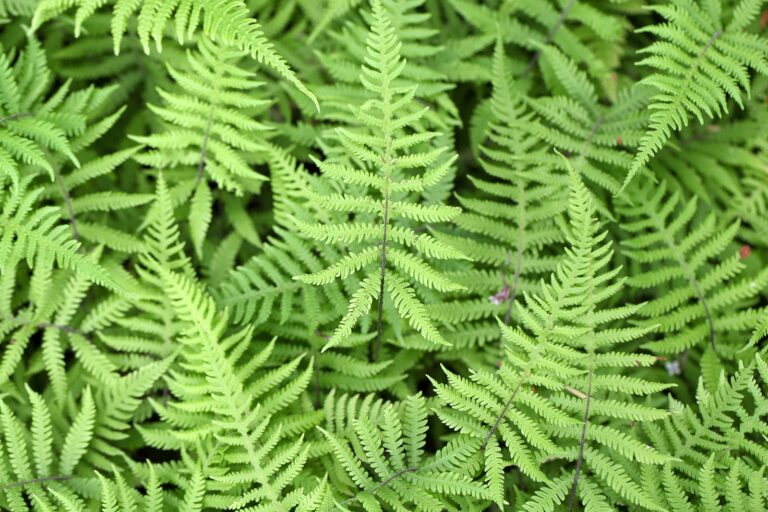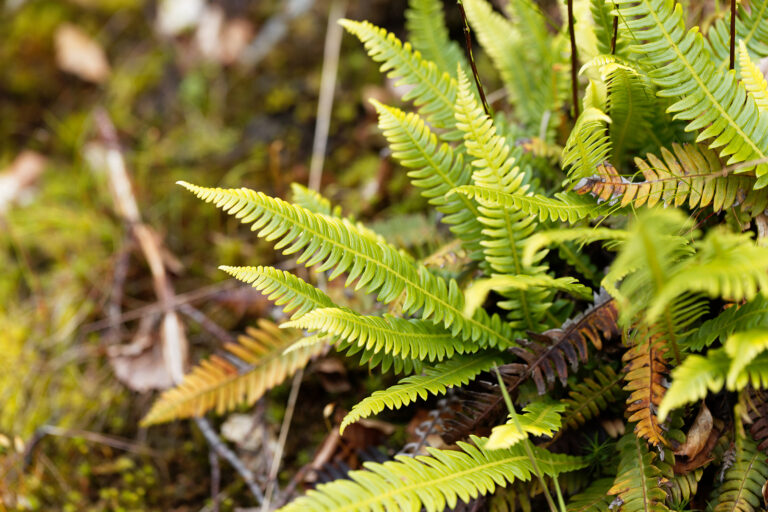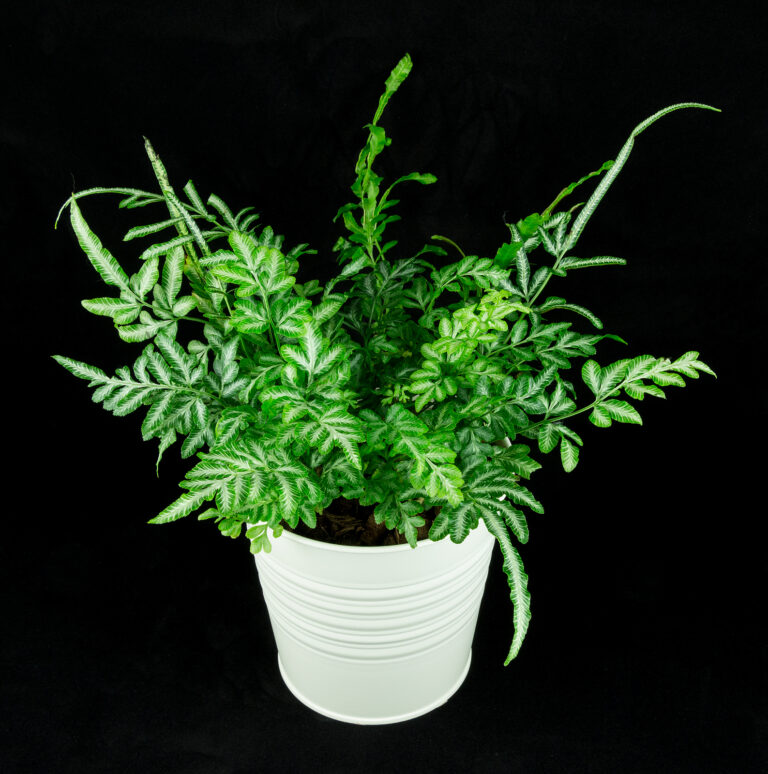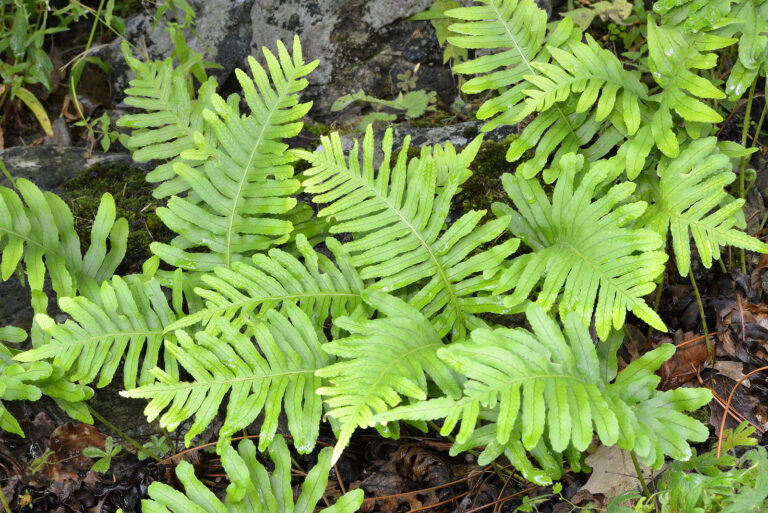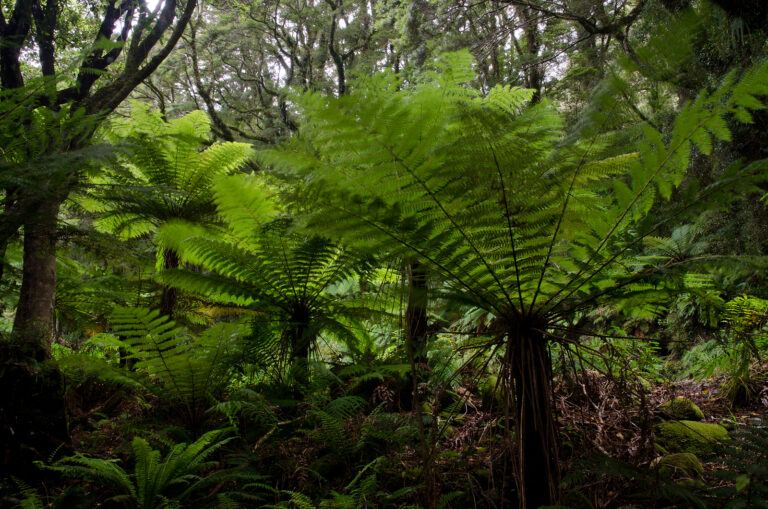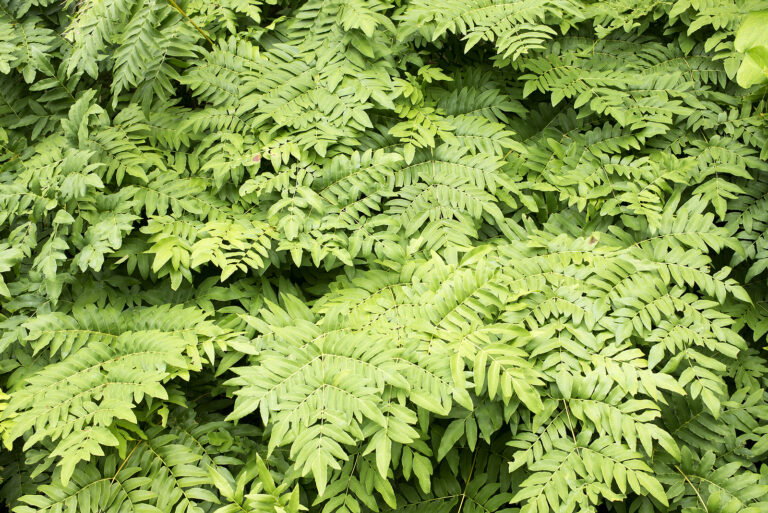How to Grow Woodwardia – Chain Fern
Woodwardia–commonly known as chain ferns–are fast-spreading ferns that are especially suitable for damp, swampy soil. Woodwardia has deciduous fronds that are spaced several inches apart. Fronds grows from stems or rhizomes up to 10 feet long that quickly invade the surrounding area.
The common name–chain fern–refers to the chainlike pattern of spores beneath the frond segments.
Woodwardia is an excellent choice grouped along the banks of stream or pond. It can be used as a focal point in a shaded garden where the soil stays moist.
Woodwardia is a genus of 10 species of evergreen or deciduous, terrestrial ferms. Woodwardia is native to warm-temperate regions of Eurasia and North America.
Get to know Woodwardia
- Plant type: Fern
- Growing zones and range: Zones 7-10
- Hardiness: Hardy to Zone 8
- Height and width: 3 to 6 feet (1-2m) tall, 18 inches to 3 feet wide (1m)
- Foliage: Oblong-lance-shaped innate fronds; 1.5 to 2 foot-long fronds are divided into broad pointed leaflets with wavy ediges; young leaves are red, turning glossy green when matures
- Uses: Ideal in shade and near water
- Common name: Chain fern
- Botanical name: Woodwardia
- Family name: Blechnaceae
- Origin: Temperate regions of Eurasia and North America
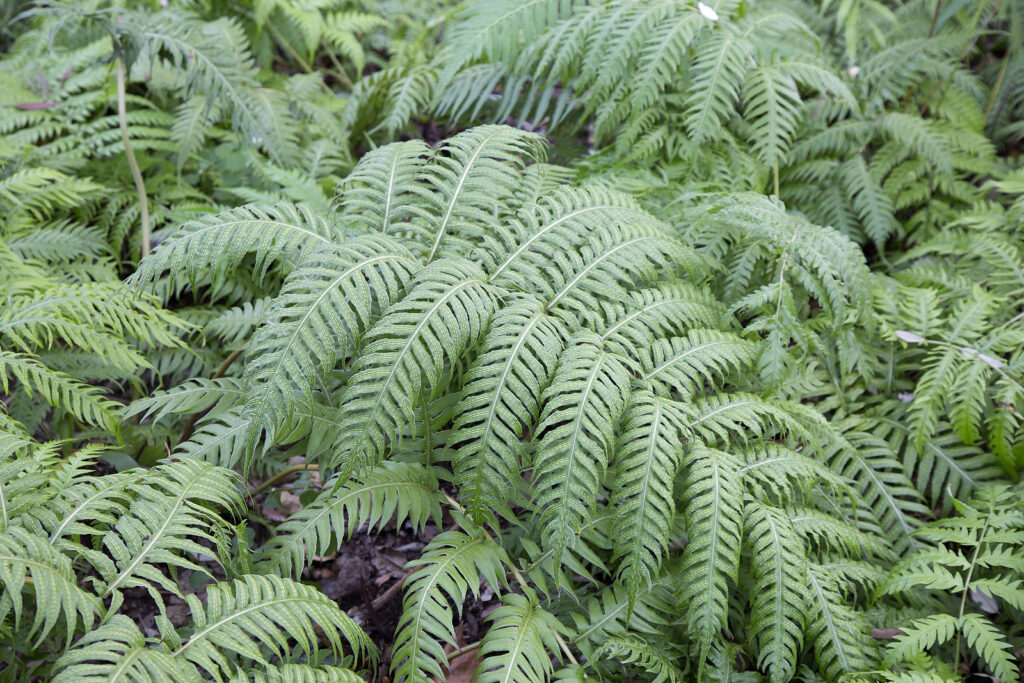
Where to plant Woodwardia
- Plant Woodwardia in light to deep shade.
- Grow Woodwardia in acidic, humus-rich, moist soil; they do best where the soil is constantly wet.
When to plant Woodwardia
- Set outdoors in the garden in spring.
Planting and spacing Woodwardia
- Space Woodwardia 3 feet wide (1m) apart.
How to water and feed Woodwardia
- Woodwardia thrive in moist, damp soil.
- Woodwardia does not require feeding.
Woodwardia care
- Woodwardia spreads via underground rhizomes. It can be invasive. You can control rhizome spread by using an underground barrier such as a section of tin or plastic.
Woodwardia pests and diseases
- Rust can occur.
Woodwardia propagation
- Sow spores at 61°F (16°C) in late summer or early autumn.
- Divide plants in spring; divide underground stems.
Woodwardia varieties to grow
- Woodwardia areolata, netted chain fern. Upright, clump-forming, deciduous fern; grows 18 inches tall and wide.
- W. frimbriata, giant chain fern. Sprawling, rosette-forming deciduous fern; grows 2 to 9 feet tall with broad, deeply lobed leaflets.
- W. orientalis. Evergreen with horizontally arching fronds; thick leathery, glossy blades; grows 4 to 6 feet tall.
- W. radicans, European chain fern. Evergreen with arching, lance-shaped, dark green fronds, grows to 6 feet tall and 10 feet wide.
- W. virginica (syn. Anchistea virginica), Virginia chain fern . Fronds from 2 to 4 feet long with 3-inch coarsely lobed leaflets. thrive in open shade ro full sun.

